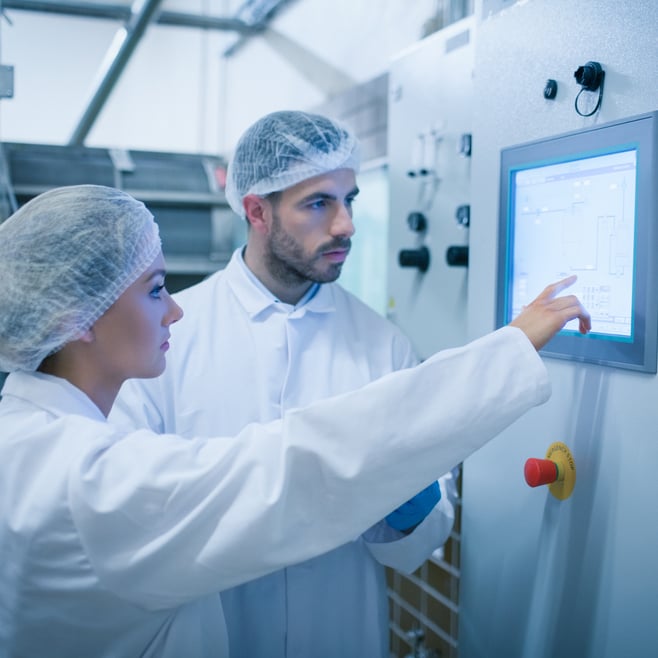
Homogenization is the process of breaking apart one substance (a gas, liquid or solid) and mixing it into another (usually liquid) one with which it normally wouldn’t combine. It’s not a particularly complicated concept, except when you consider the fact that it relies on one or more external sources of energy exerting the necessary force to break the substance(s) apart, often into nanoparticles. Many industries utilize homogenization to facilitate more stable mixtures with better bioavailability, controlled consistencies and longer shelf lives. The type of equipment they use to supply the force they need — called a homogenizer — directly depends on the type of substances being mixed, as well as the finished product’s intended use. Here’s a quick overview of everything you need to know about homogenizers on the market today:
Types of Homogenizers
There are many types of homogenizers, ranging from common kitchen implements like mortars and pestles and blenders to more sophisticated equipment like bead mills and cell lysers. They are classified according to the type of force they supply, with the most basic ones being:
- Mechanical Homogenizers - which make use of turbulent agitation, stirring, shearing and/or impact to effectuate the breakdown and mixture of substances. Specific examples of mechanical homogenizers include bead mills, rotor-stator homogenizers and blade homogenizers.
- High-Pressure Homogenizers (HPH) - which force pressurized cell suspensions through small tunnels or holes in order to disrupt their bonds. Many of these types of homogenizers also include some sort of high velocity impact of the product (in addition to pressure) to better ensure cell disruption.
- Ultrasonic Homogenizers - which combine extreme sonic pressure waves in varying types of vessels to form microbubbles that eventually implode (also called cavitation), breaking covalent bonds and prompting the blending process.
How Homogenizers are Used
As discussed, homogenizers are used in a variety of industries for a variety of purposes. Some of the most common ones are:
- Food and Beverage - Food and beverage manufacturers rely on homogenizers to improve the stability and appearance of their products. The homogenization process keeps milk from separating into cream and other liquid and viscous substances (like orange juice, milk, mayonnaise, salad dressings and yogurt) from dividing back to their individual parts.
- Biotech Industry - The biotech industry includes those companies that make products out of living organisms. These types of businesses, mostly concentrated in the medical and agricultural fields, work with microorganisms (like bacteria, fungi and viruses), as well as plant and animal tissues, to modify crops and livestock, create and test medicines and engineer biofuels. They use homogenizers to lyse cells, reduce particle size and create micro and nano particles for both research and production objectives. Specially, homogenizers help ensure that biotech processes consistently maintain scalable results while always preserving the integrity of cell contents.
- Pharmaceutical and Chemical Industries - Whether they use chemicals to manufacture drugs, plastics or other products, both pharmaceutical and industrial chemical companies need homogenizers to help them break apart one substance so that it can be evenly dispersed into another one. Not only does this facilitate easier and more uniform mixing, it creates a final product with “a tighter distribution of smaller particles." This increases the bioavailability and lengthens the shelf life of pharmaceutical products, and it increases conductivity and improves surface cohesion of products used for industrial chemical applications. Indeed, chemical products of all kinds, from life-saving medications to paint, need homogenizers to effectively blend product particles, sustain uniformity and cut down costs.
The BEE Homogenizer Difference
Most homogenizers utilize only one type of force, but BEE homogenizers from Pion combine high pressure with turbulence, cavitation, impact and shear forces to maximize the time, energy and money of the companies who use them. Our patented Emulsifying Cell (EC) technology guarantees scalability of results with customizable options that can be effectively programmed for hundreds of applications.

